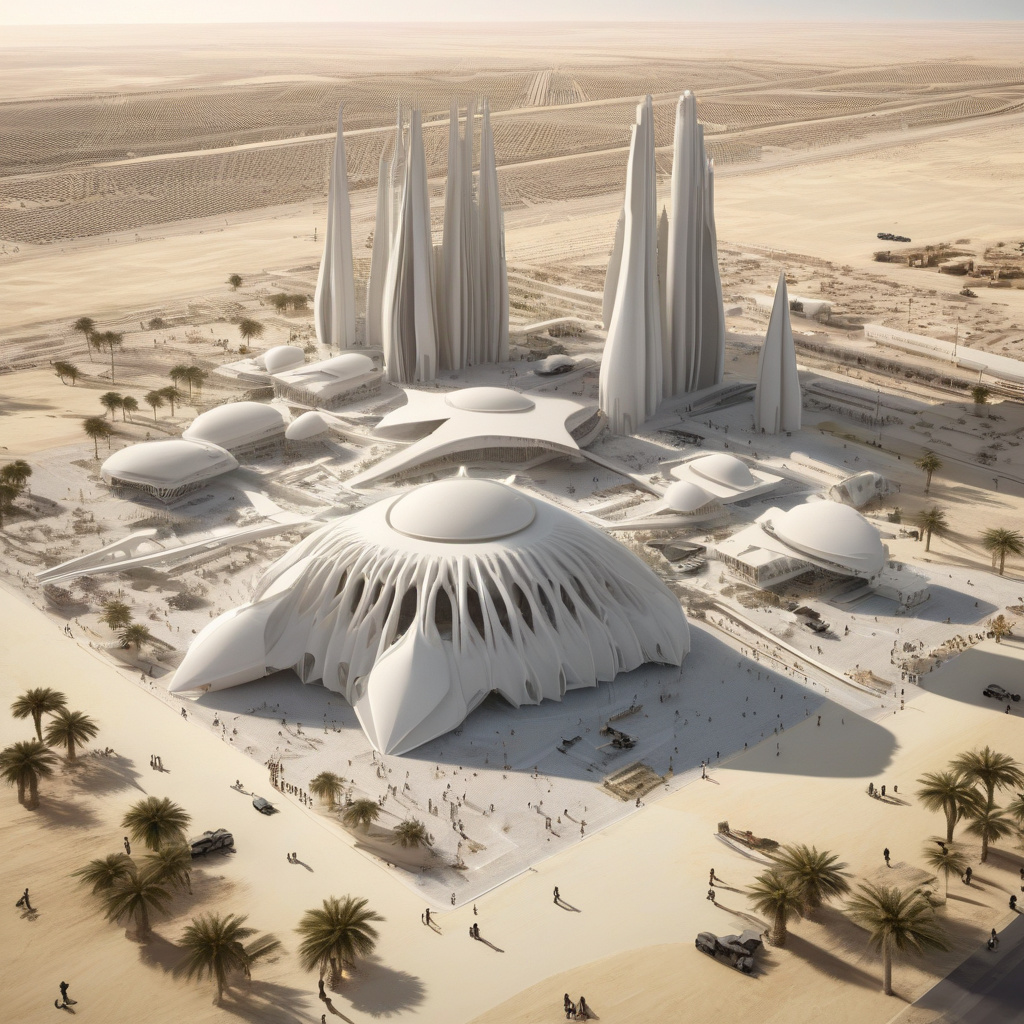Just when you thought 3D printing couldn’t get any bigger, Qatar hits print on the world’s largest 3D printed building. In a groundbreaking move that pushes the boundaries of construction technology, Qatar has unveiled a monumental structure created using printers the size of planes. This remarkable feat not only showcases the immense potential of 3D printing in the architecture industry but also solidifies Qatar’s position as a pioneer in innovation and sustainable development.
The construction industry has been undergoing a significant transformation in recent years, with 3D printing emerging as a game-changer. This cutting-edge technology allows for the rapid and cost-effective production of complex structures with a level of precision that is hard to achieve through traditional construction methods. By harnessing the power of 3D printing on such a grand scale, Qatar has demonstrated its commitment to pushing the boundaries of what is possible in the world of architecture.
One of the key advantages of 3D printing in construction is its ability to minimize material waste. Traditional construction methods often result in significant amounts of unused materials ending up in landfills. In contrast, 3D printing enables architects to create structures layer by layer, using only the necessary amount of material. This not only reduces waste but also contributes to a more sustainable approach to building design.
Moreover, the speed of construction enabled by 3D printing is unparalleled. With the ability to print large sections of a building in a fraction of the time it would take using traditional methods, projects can be completed much faster, saving both time and money. In the case of Qatar’s latest endeavor, the use of printers the size of planes has allowed for the rapid construction of a truly massive structure, showcasing the scalability of 3D printing technology.
Beyond its practical advantages, 3D printing also offers architects a new level of creative freedom. The ability to design and produce intricate, customized structures opens up a world of possibilities for innovative and visually stunning architecture. With the world’s largest 3D printed building, Qatar has not only demonstrated the technical capabilities of this technology but has also highlighted the artistic potential it holds for the future of construction.
As we look to the future, it is clear that 3D printing will continue to play a significant role in shaping the buildings and cities of tomorrow. The successful completion of the world’s largest 3D printed building in Qatar is a testament to the transformative power of this technology and a sign of what is to come in the ever-evolving field of architecture. By embracing innovation and pushing the boundaries of what is possible, Qatar has set a new standard for sustainable, efficient, and visually striking construction projects.
In conclusion, Qatar’s achievement in building the world’s largest 3D printed structure using printers the size of planes marks a significant milestone in the history of architecture. This groundbreaking project not only showcases the immense potential of 3D printing in construction but also highlights Qatar’s commitment to innovation and sustainability. As 3D printing technology continues to advance, we can expect to see even more impressive and awe-inspiring structures taking shape around the globe.
3D printing, Qatar, Innovation, Architecture, Sustainability












